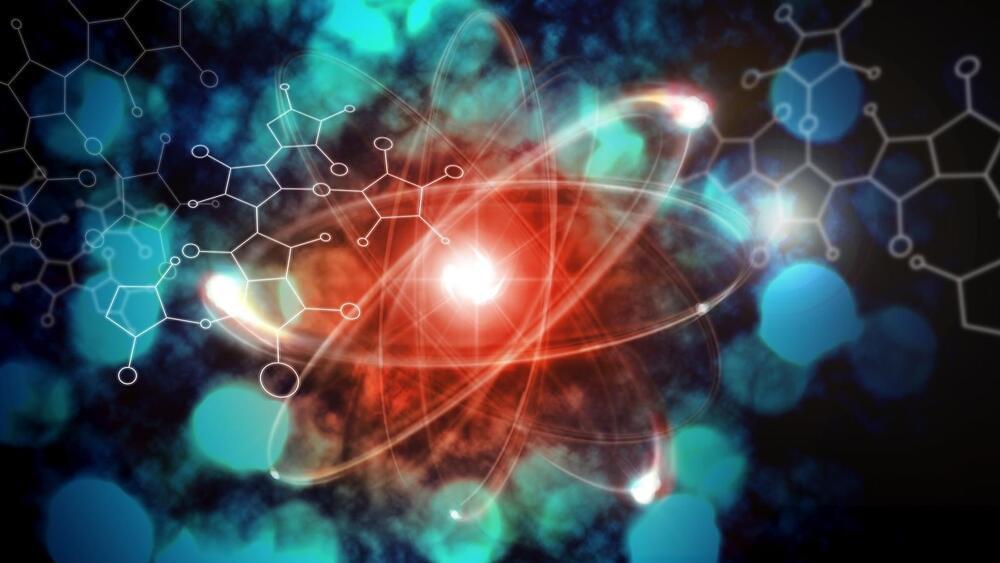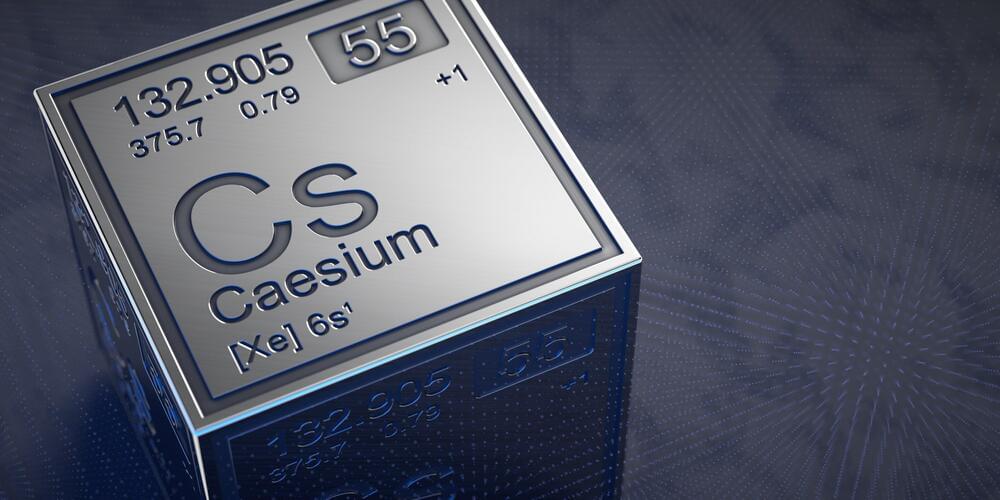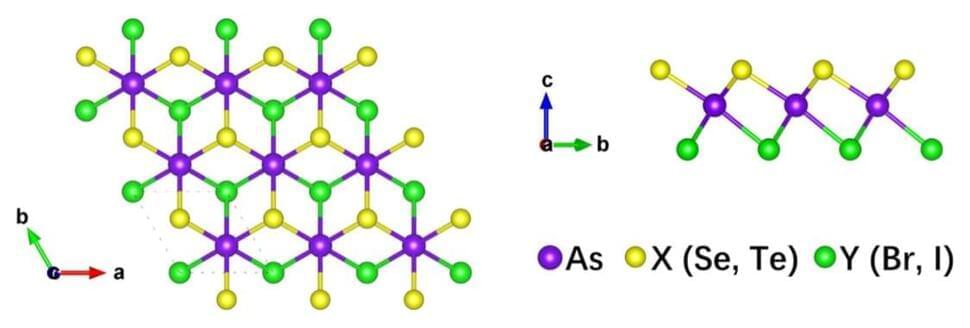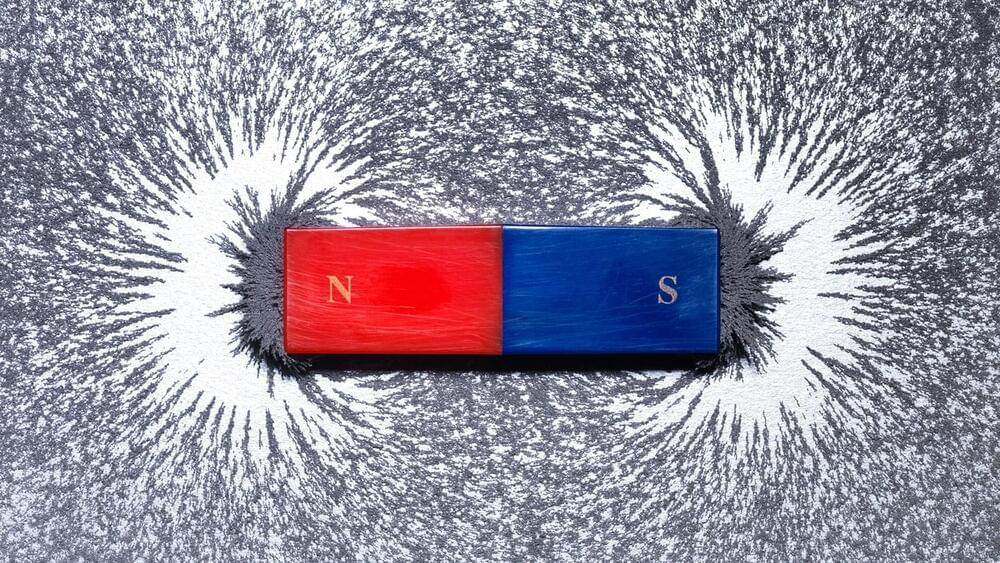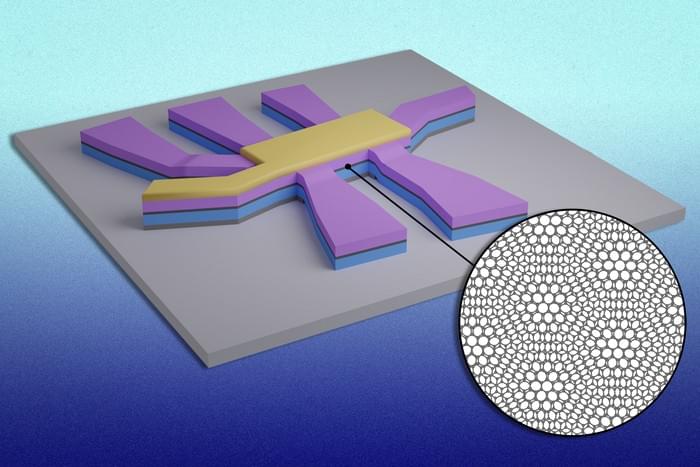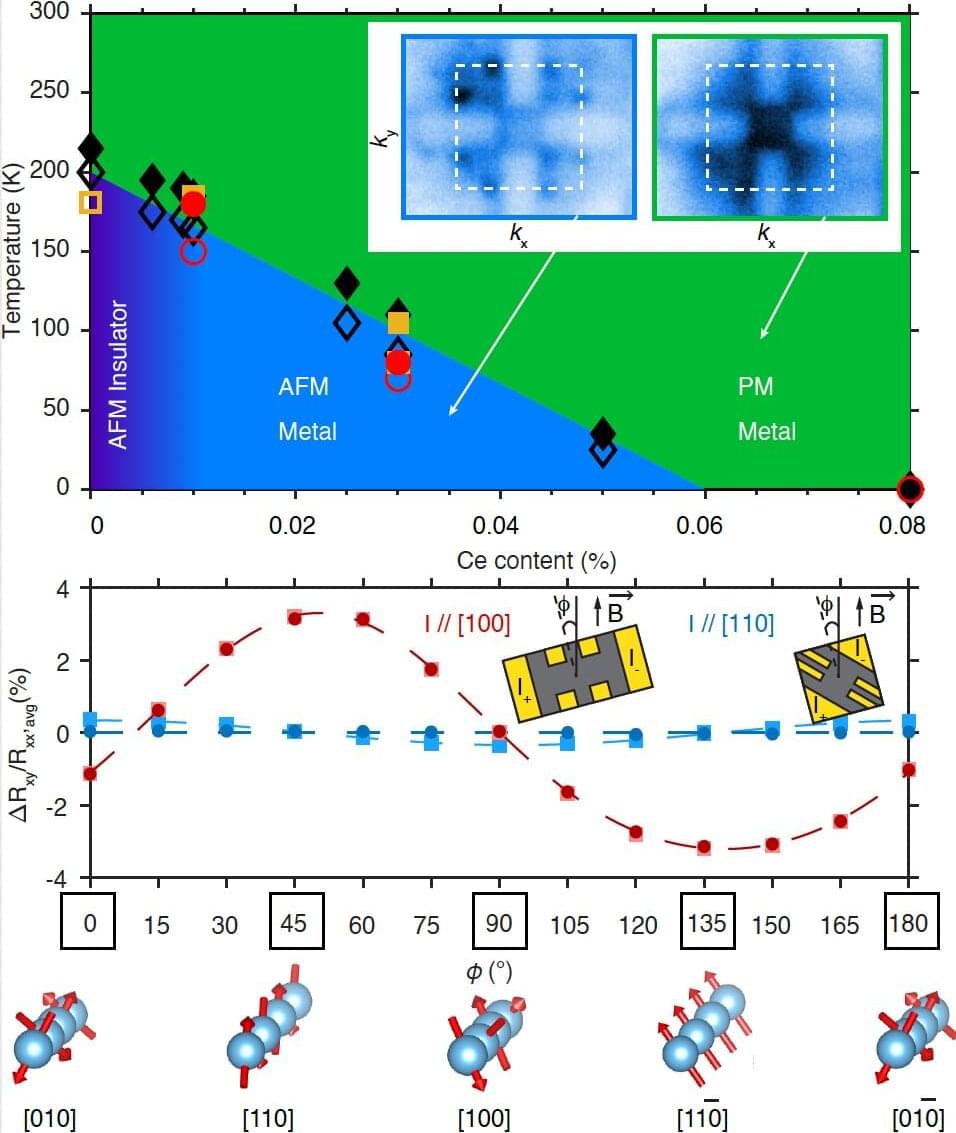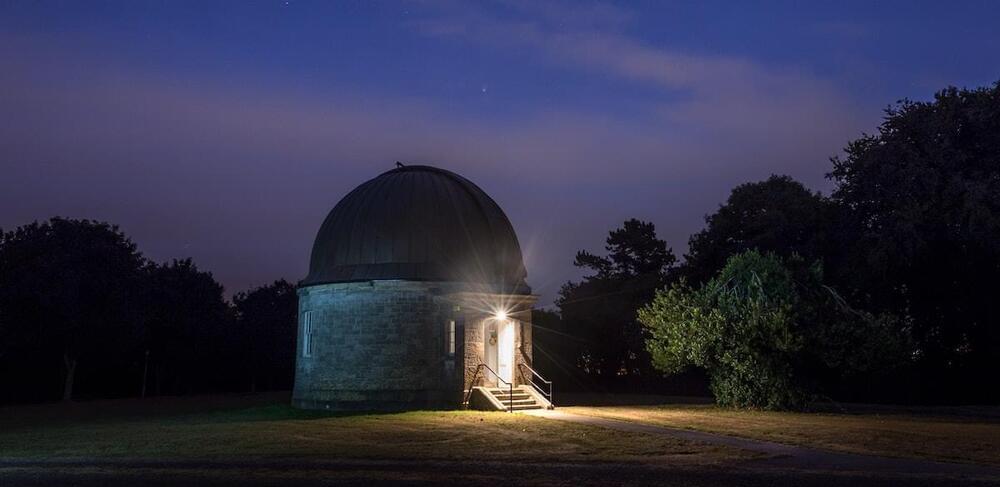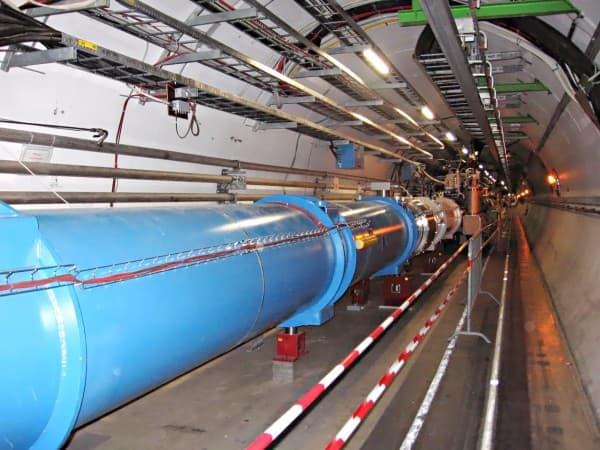Feb 25, 2023
Particle accelerator creates substance that hasn’t existed for 13 billion years
Posted by Dan Breeden in category: particle physics
It hasn’t existed since the beginning of time itself, but now scientists have managed to create what they call quark soup. This substance is believed to be the smallest, hottest, and densest state of our universe and the very “soup” that allowed the universe to grow and expand into what we know it as today.
The feat was made possible thanks to a powerful yet very complicated particle accelerator. According to research featured in a video by Scientific American, the universe began as a quark soup — the smallest, most fundamental building blocks of our atoms. Scientists say these quarks floated in a fluid-like force that held them all together inside their proton and neutrons.
Continue reading “Particle accelerator creates substance that hasn’t existed for 13 billion years” »
